Bees play an absolute vital role in our ecosystems, buzzing around pollinating plants and giving us sweet honey. Understanding their importance is the first step in appreciating beekeeping. Without these little pollinators, many of our favorite foods just wouldn’t exist.
Grasping basic beekeeping principles can be incredibly fascinating. It’s not just about keeping bees in a box buzzing around. Beekeeping encompasses understanding bee behavior, their life cycles, and how they contribute to the environment. By doing simple activities, kids can tap into this world with curiosity and safety in mind.
When it comes to safely interacting with bees, the key is knowing the do’s and don’ts. It’s all about respect for the bees’ space and understanding their behavior. Kids learn to observe from a distance and use protective gear properly. With the right knowledge, interacting with bees can be a safe and educational experience.
Safe and Fun Beekeeping Projects
Building a bee hotel is a fantastic way for kids to lend a hand to local bee populations. These little DIY projects are pretty easy and can be made with materials lying around the house or garden. It’s a perfect way to teach kids about habitats while offering solitary bees a place to rest and nest.
Creating a DIY bee feeder is another simple yet impactful project. When natural nectar sources are scarce, feeding bees helps them thrive. Kids can use a few household items to whip up a sugar-water feeder and witness how quickly bees come to enjoy their concoction.
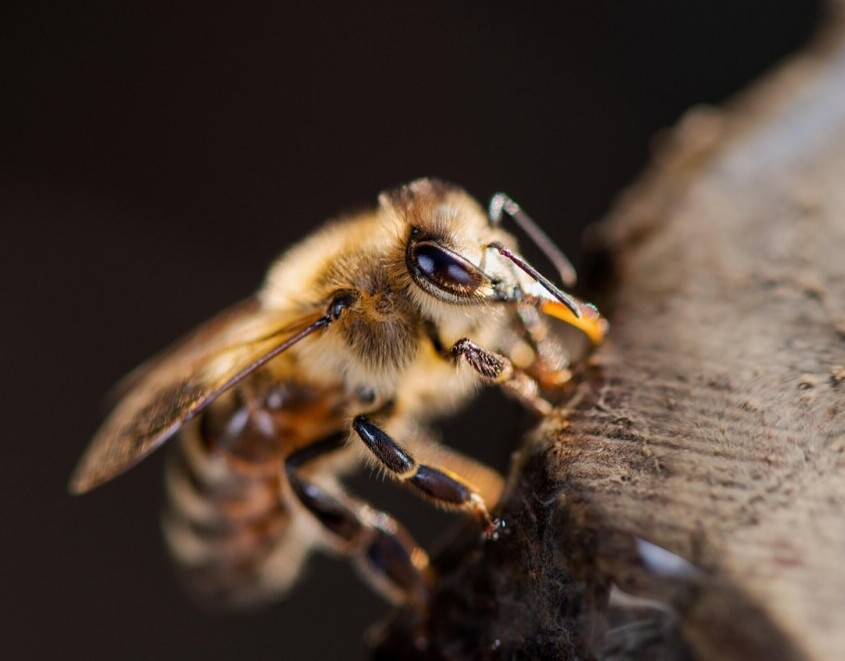
Planting a bee-friendly garden speaks volumes for supporting your buzzing friends. With a vibrant array of flowers, kids learn about different plants while understanding the vital role these play in feeding and nourishing local bees. This project can transform balconies, backyards, or even small pots into productive, buzzing paradises.
Observation and Learning: Nature’s Classroom
Watching bees is like getting front-row seats to nature’s theater. As kids observe bees collecting pollen and nectar, they learn invaluable lessons in biology and cooperation. Seeing these creatures work with such harmony gives insights that textbooks often miss.
Keeping a beekeeping journal is a nifty way for kids to note down their observations. From pointing out bee behaviors to drawing different bee species, the journal becomes a personal record of their discovery journey. It encourages kids to pay closer attention and helps recall these moments even after the buzz has faded.
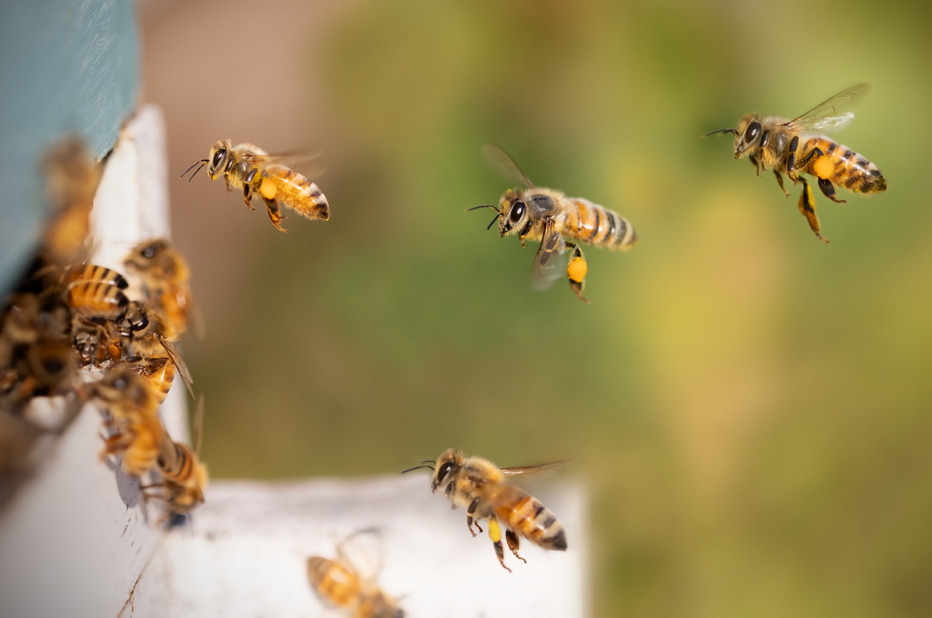
Technology can be a thrilling complement to bee observation. There are apps designed to identify different bee species, which can turn a regular walk in the park into a learning expedition. Kids get to expand their knowledge while understanding technology’s role in conservation.
Experimenting with Hive Creations
Crafting homemade beehives can be an exciting experiment for kids. It involves using creative skills to design simple structures where bees might feel welcome. By following step-by-step guides or coloring their beehives with natural paints, kids engage in hands-on learning.
Exploring different hive designs lets kids dive into the world of bee architecture. From traditional Langstroth hives to more modern or artistic bee homes, each design teaches about bee preferences and behavior. It’s a captivating look at how variety exists even in the bee world.
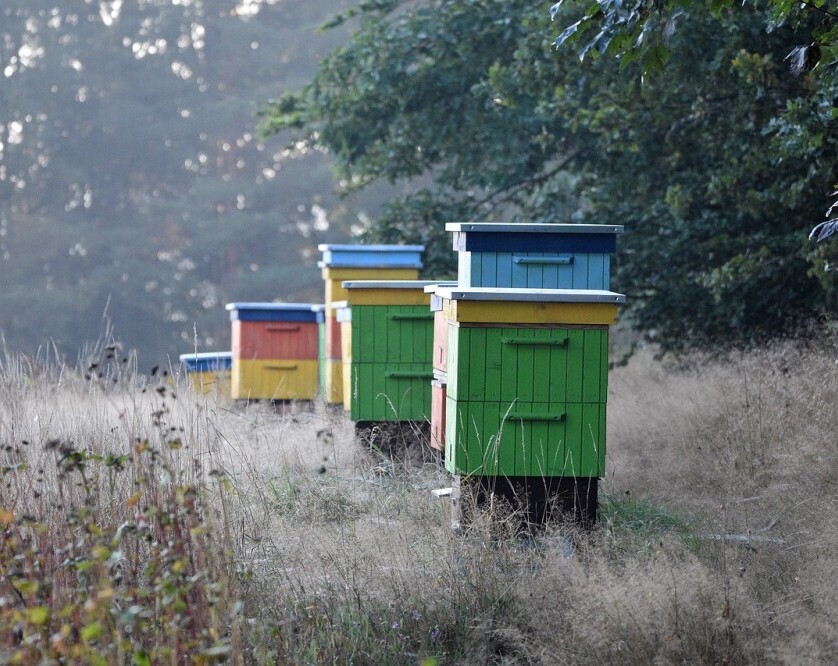
Honeycombs are the unsung heroes inside hives, playing a crucial role in a bee’s life. Kids can learn about their purpose and try making artificial ones using basic materials. Understanding this aspect opens up discussions about natural patterns and bee engineering skills.
The Science Behind Honey: A Sweet Exploration
The process of how bees make honey is as fascinating as it is delicious. Kids can learn about the journey from flower nectar to the sticky golden product we all love. This exploration unfolds the complex dance of nectar gathering, enzyme magic, and hive teamwork.
Conducting a honey tasting test is not only fun but brings a whole new appreciation for different honey flavors. By sampling honey from various flowers, kids get to explore and document the range of tastes nature can offer, making flavor profiling educational and yummy.
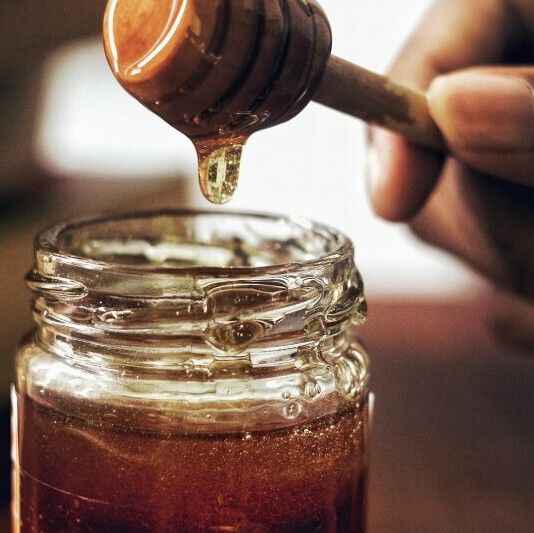
Understanding the role of pollen in honey production gives kids a deeper insight into what makes this magical bee product nutritious. Discussions can cover how bees use pollen not just in honey-making, but in other essential parts of their hive life as well.
Protecting Our Pollinators: A Call to Action
Raising awareness about bee conservation projects empowers kids to take active roles in their communities. By learning about initiatives aimed at protecting bees, they can be more involved in creating a sustainable future.
Creating bee-friendly environments doesn’t stop at gardens. Introducing bee water stations or avoiding harmful pesticides makes a huge difference in supporting local bees. Kids can become household leaders in these small yet impactful endeavors.
Becoming ‘Bee Champions’ gives kids a platform to advocate for bee conservation with confidence. Simple acts like participating in community events, sharing knowledge at school, or even starting social media campaigns can foster change and inspire others to join the cause. Which leads me to my last thought..
Why Kids Getting Into Beekeeping Matters
Engaging kids in beekeeping isn’t just about having fun or learning cool facts—it’s about securing our future. Bees are essential to our planet, playing a key role in pollinating the fruits, vegetables, and flowers that sustain ecosystems and feed the world. By involving kids in beekeeping early on, we’re helping them understand just how interconnected we all are with nature.
When kids learn about bees, they gain a deeper appreciation for how small actions can have a big impact. Whether it’s planting bee-friendly flowers, reducing pesticide use, or setting up a water station for thirsty pollinators, these simple acts make a huge difference. Empowering kids with this knowledge gives them the tools to make real change—not just for bees, but for the environment as a whole.
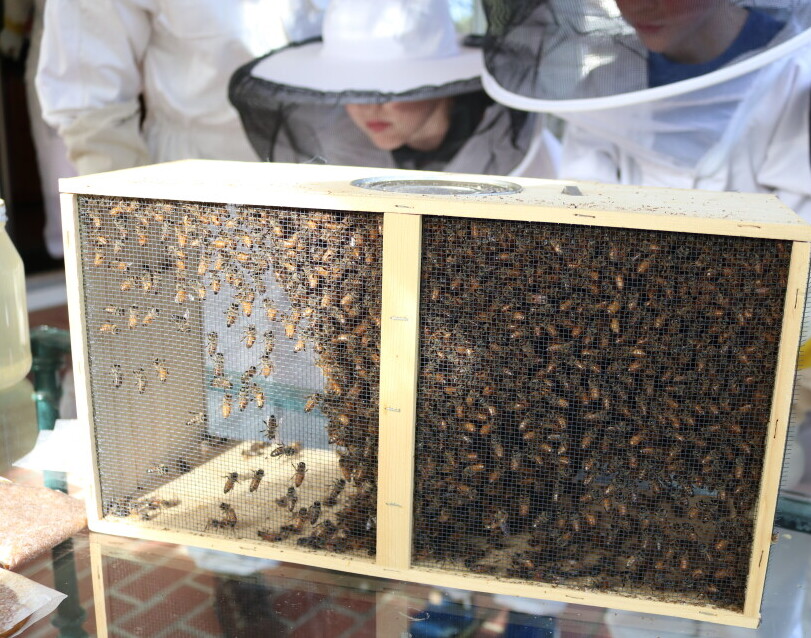
Plus, let’s be honest, today’s kids are tomorrow’s decision-makers. By sparking their interest in beekeeping now, we’re cultivating a generation that values sustainability, conservation, and biodiversity. Imagine a world where every adult understands the importance of bees because they grew up observing their magic firsthand.
Beekeeping isn’t just a hobby—it’s a life lesson about responsibility, care, and the incredible balance of nature. The earlier kids get involved, the brighter the future looks—for all of us!
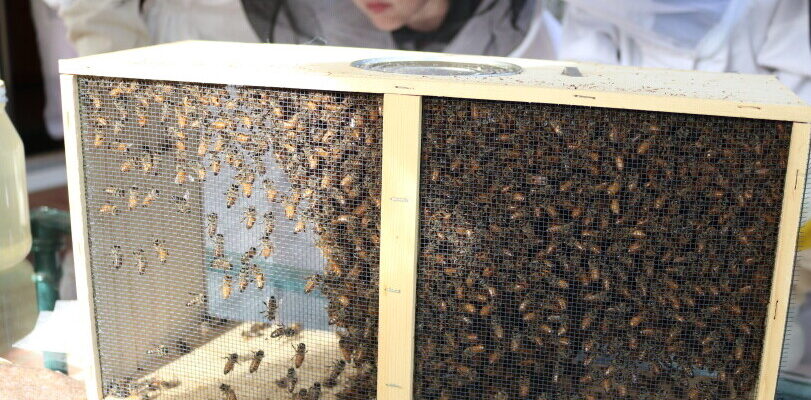
2 comments on “Beekeeping Experiments For Kids”
Kavitha
January 23, 2025 at 9:49 amThis article is such a wonderful exploration of how kids can engage with beekeeping while learning about the vital role bees play in our ecosystems. I love how it combines hands-on activities like building bee hotels and planting bee-friendly gardens with the science behind honey production and pollination. It’s both educational and fun!
The emphasis on safety, respect for bees, and even using technology like bee identification apps makes it accessible for kids of all ages. It’s inspiring to think how these small efforts, like creating bee water stations or reducing pesticide use, can empower children to become future champions of sustainability and conservation. This truly shows how beekeeping is more than a hobby. It’s a way to teach responsibility, care for nature, and the importance of biodiversity!
Randi
January 23, 2025 at 4:09 pmThank you for your thoughtful comment! I’m so glad you enjoyed the article. Beekeeping really is such a fun way to teach kids about nature and sustainability. Thanks for sharing!